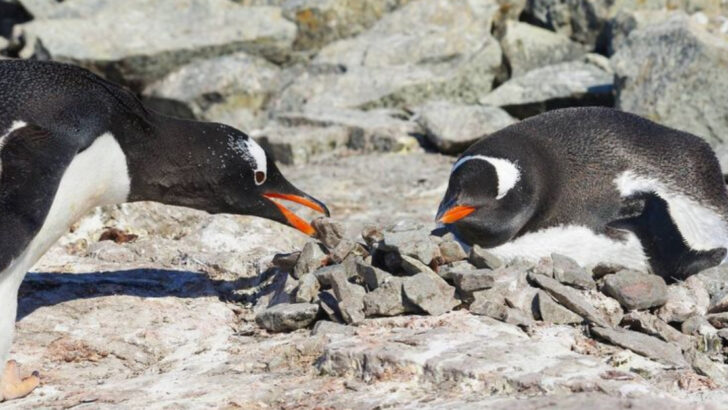We’ve been getting it wrong for centuries. That “guilty” look your dog gives? Not guilt at all. Penguins cheating on their mates? There’s more to that story. And let’s not even get started on wolves and the “alpha” myth. Humans have a bad habit of projecting our emotions onto animals — and it leads to some truly strange misunderstandings. But nature doesn’t need our interpretations. It runs on instincts, survival, and a logic all its own — often smarter, gentler, and far more complex than we ever imagined. Today we’re setting the record straight. Let’s uncover the myths we’ve believed for far too long — and meet the creatures who prove, time and time again, that nature gets it right without us.
Dolphins Saving Humans
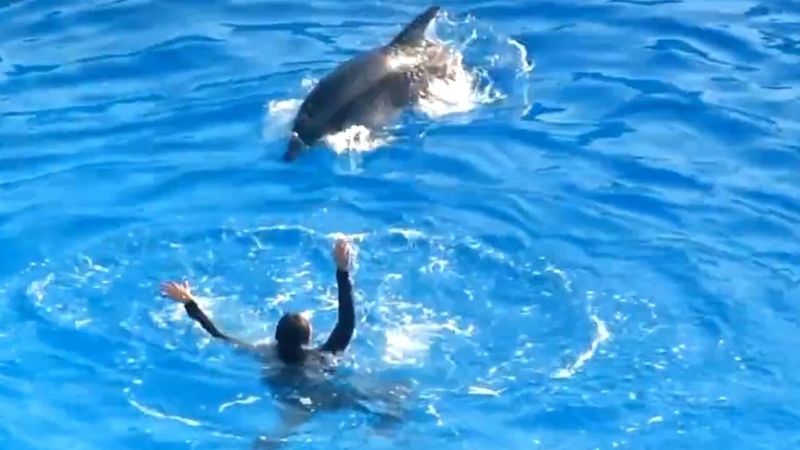
We’re often amazed by tales of dolphins rescuing swimmers in distress. These intelligent marine mammals have been known to form protective circles around humans, pushing them to safety when sharks approach. This seemingly altruistic behavior is still being studied, but many believe it showcases dolphins’ protective instincts honed through their social structures.
While some argue it’s merely a coincidence, repeated incidents suggest a pattern. Dolphins’ playful, intelligent nature might be a driving factor, allowing them to sense distress. Their sociable behavior often results in interactions that challenge our understanding of animal empathy.
Cats Bringing Gifts
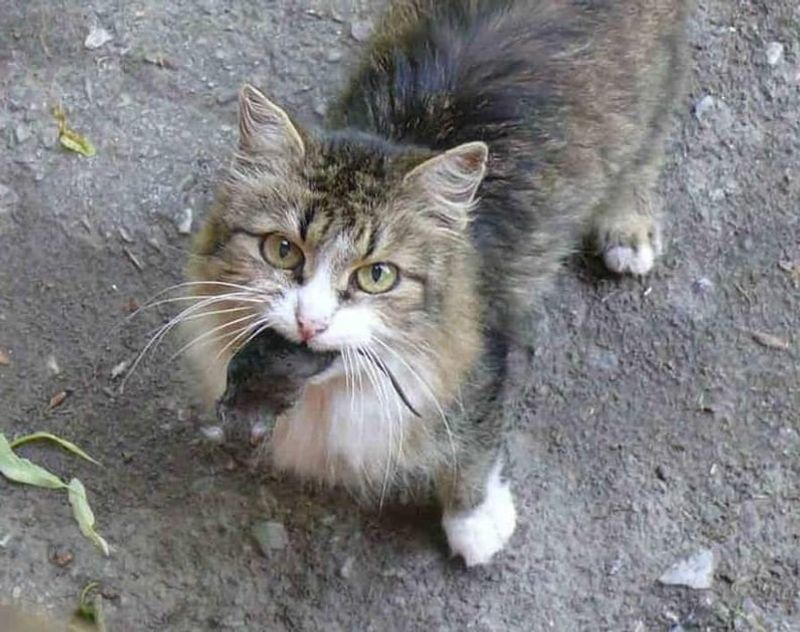
Ever woken up to find your feline friend has left a ‘gift’ on your doorstep? Cats bringing home prey baffles many pet owners. This behavior stems from their instinctual hunting practices, as well as their role as maternal figures.
Cats often bring home prey to feed their young. In the absence of kittens, some believe they share these ‘trophies’ with their human companions as an act of care. This behavior underscores the complex relationship humans share with cats, blending wild instincts with domestic life. Understanding this helps us appreciate their intricate, sometimes misunderstood nature.
Elephants Mourning Their Dead

Elephants appear to share our sorrow, evidenced by their mourning rituals. Observers have noted elephants gently touching the bones of their deceased, lingering at the site where a herd member has passed away. This behavior suggests deep emotional connections within their groups.
Some researchers propose that this reflects a form of elephant empathy, highlighting their intelligence and social complexity. By understanding elephants’ mourning, we glimpse the profound bonds these majestic animals form. Their behaviors challenge our perceptions of animal emotions, showing a depth that resonates with human experiences.
Octopuses Opening Jars
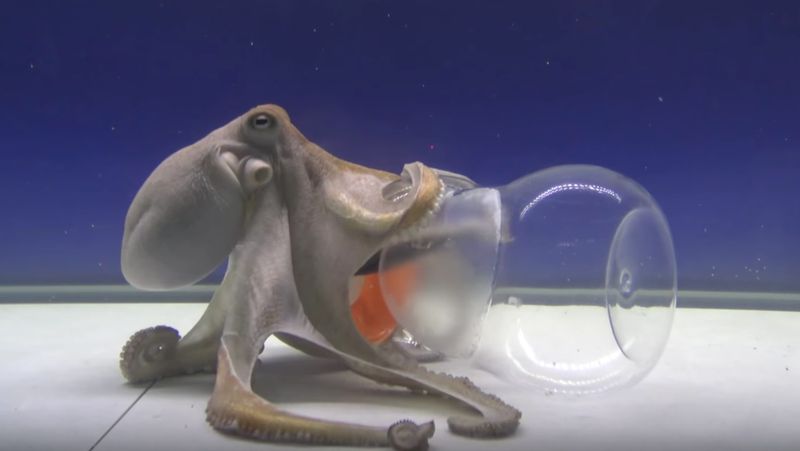
Octopuses are often considered the intellectuals of the sea. Their ability to open jars to access food has fascinated scientists and aquarium visitors alike. This behavior showcases their incredible problem-solving abilities and dexterity.
These cephalopods exhibit behavior reminiscent of primates, using their flexible limbs to manipulate objects. Their intelligence prompts us to reconsider our understanding of marine creatures, bridging the gap between human and animal cognition. Observing an octopus unlock a jar is not just a spectacle; it’s a testament to the remarkable adaptability and ingenuity found within the ocean’s depths.
Crows Using Tools
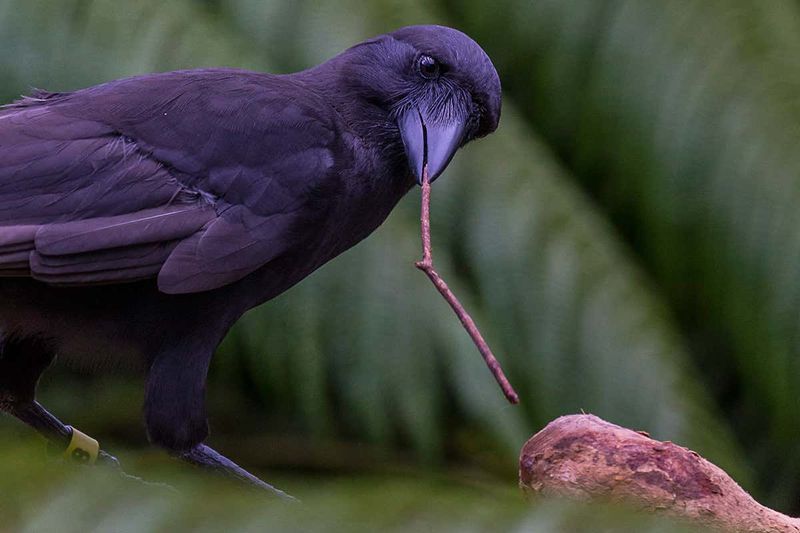
Crows are extraordinary among birds, noted for their sophisticated tool use. By crafting sticks to extract insects, they display a level of intelligence that rivals some primates. This behavior illustrates their ability to solve complex problems and adapt to their environment.
Scientists have observed crows bending wires into hooks, a feat demonstrating remarkable foresight and planning. These birds challenge the notion that tool use is solely a human or primate characteristic. Crows’ inventive nature not only intrigues researchers but also offers insights into the evolutionary development of intelligence in the animal kingdom.
Dogs Spinning Before Lying Down

Dogs possess quirky habits that often amuse us, like spinning before they lie down. This instinctual behavior dates back to their wild ancestors, who would trample grass to create a comfortable sleeping spot.
Though today’s dogs have cozy beds, the spinning remains. This act might serve as a way to ensure safety and comfort, making them feel secure in their environment. Understanding these instincts helps us appreciate the connection between modern pets and their wild origins, highlighting an unbroken bond between past and present.
Bees Performing Waggle Dance
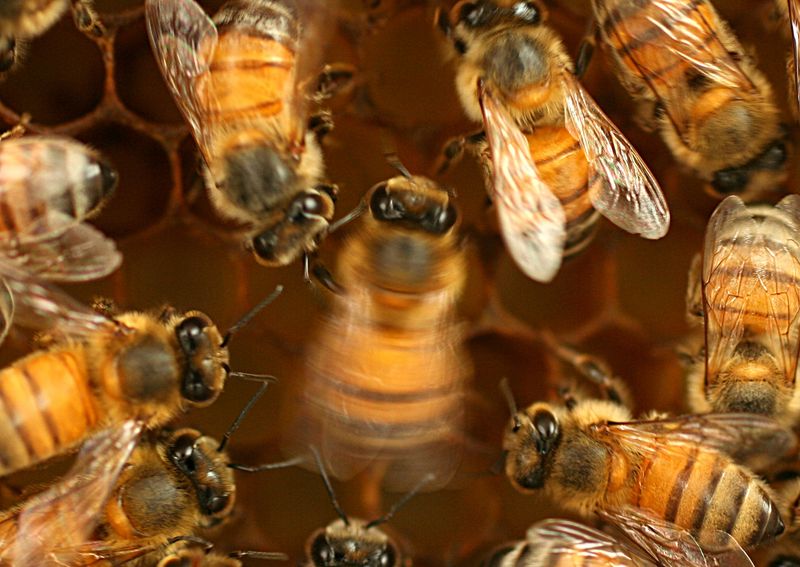
Bees communicate through an intricate dance, known as the waggle dance, to convey information about food sources. By observing these movements, other bees learn the direction and distance to nectar.
This complex behavior underscores the social nature of bee colonies and their dependence on cooperation for survival. The waggle dance exemplifies how nature has optimized communication strategies, ensuring the hive’s success. It’s a captivating glimpse into the world of insects, where a simple dance is a lifeline, vital for the colony’s prosperity.
Penguins Stealing Stones
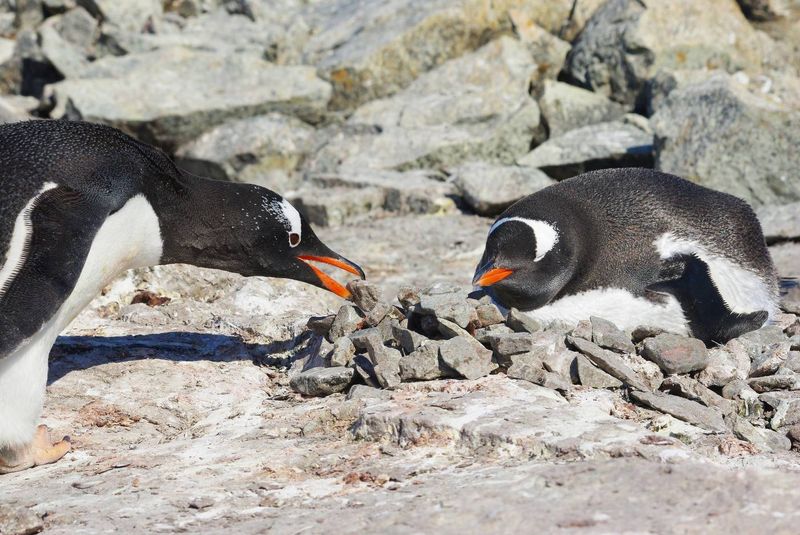
Penguins engage in behaviors that mirror human antics, such as stone stealing. Male Adelie penguins meticulously collect stones to build and maintain their nests. However, some opt for a quicker route, pilfering stones from neighbors.
This cheeky behavior highlights their resourcefulness and competitive nature during mating season. While it may seem deceitful, it also demonstrates a survival instinct in harsh climates, where every resource counts. Penguin stone theft adds a playful dimension to our understanding of these charismatic birds, reminding us of the delicate balance between cooperation and competition in the animal world.
Ravens Play in the Snow

Ravens, known for their intelligence, engage in playful activities like sliding down snowy hills. This behavior, observed by wildlife enthusiasts, showcases their love for fun and exploration.
Such play is believed to serve as mental stimulation and social interaction. It also helps young ravens develop skills essential for survival. Their antics remind us of the importance of play in the animal kingdom, a trait shared with humans. By observing ravens’ playful nature, we gain insight into their complex social structures and cognitive abilities.
Chimpanzees Making Tools
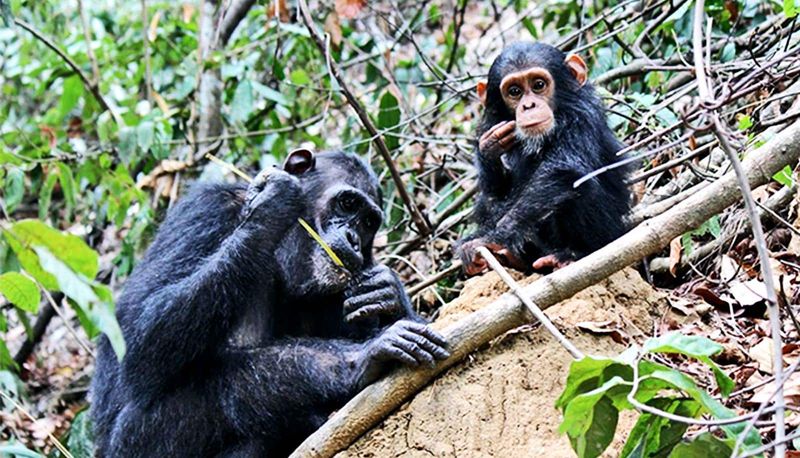
Chimpanzees, our closest relatives, are adept toolmakers. Observed using sticks to fish for termites, they demonstrate foresight and dexterity. This tool use reveals their cognitive capabilities, hinting at an evolutionary link to human innovation.
Their skill in crafting tools challenges the perception of what sets humans apart from other animals. Anthropologists study these behaviors to understand the roots of human technological development. Chimpanzees’ toolmaking is a vivid reminder of our shared ancestry and the remarkable intelligence that spans across species.
Ants Herding Aphids
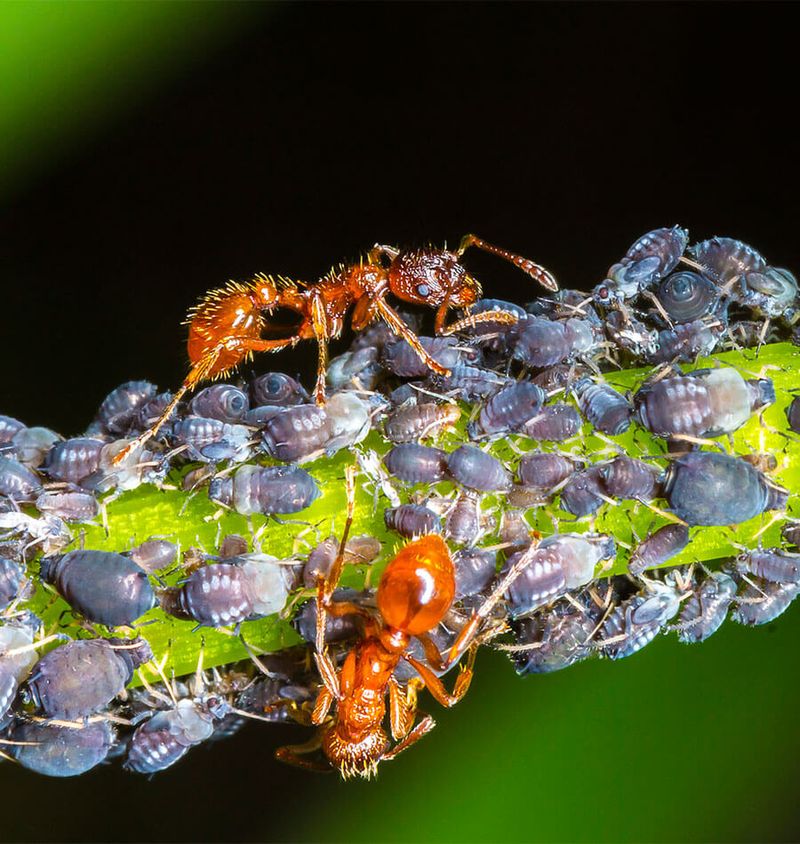
Ants, often seen as industrious workers, engage in farming-like activities by herding aphids for their sugary secretions. This mutualistic relationship benefits both species; ants protect aphids from predators, and in return, they receive nourishment.
The complexity of ant society mirrors agricultural practices developed by humans. This behavior showcases nature’s ingenuity in fostering interspecies cooperation. By observing ants’ ability to cultivate resources, we gain appreciation for the sophisticated social structures within the insect world, blurring the lines between human and animal enterprise.
Whales Singing Across Oceans
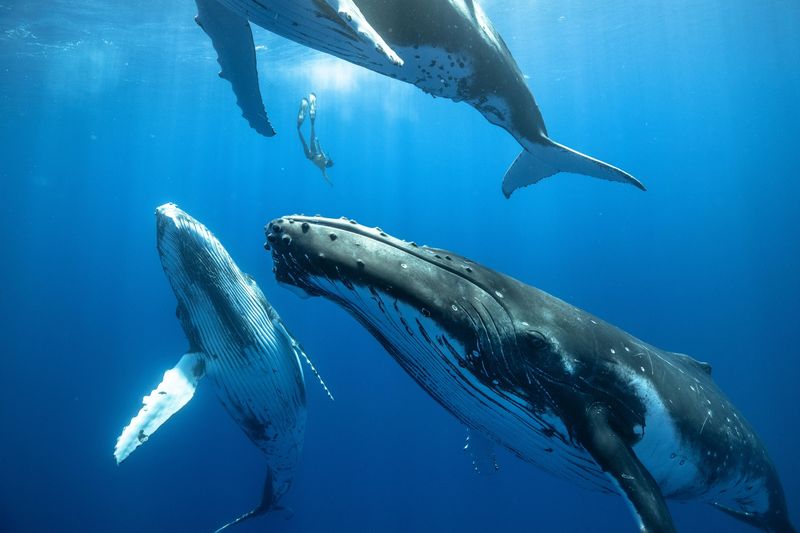
Whales captivate us with their haunting songs, audible across vast oceanic distances. These vocalizations play a crucial role in communication, mating, and navigation among whale pods.
The complexity of whale songs rivals human music, featuring patterns and rhythms that evolve over time. Researchers study these songs to uncover insights into marine mammal communication. Whales’ melodious calls serve as a poignant reminder of the interconnectedness of life on Earth, echoing through the deep and resonating with our own cultural expressions.
Squirrels Burying Nuts
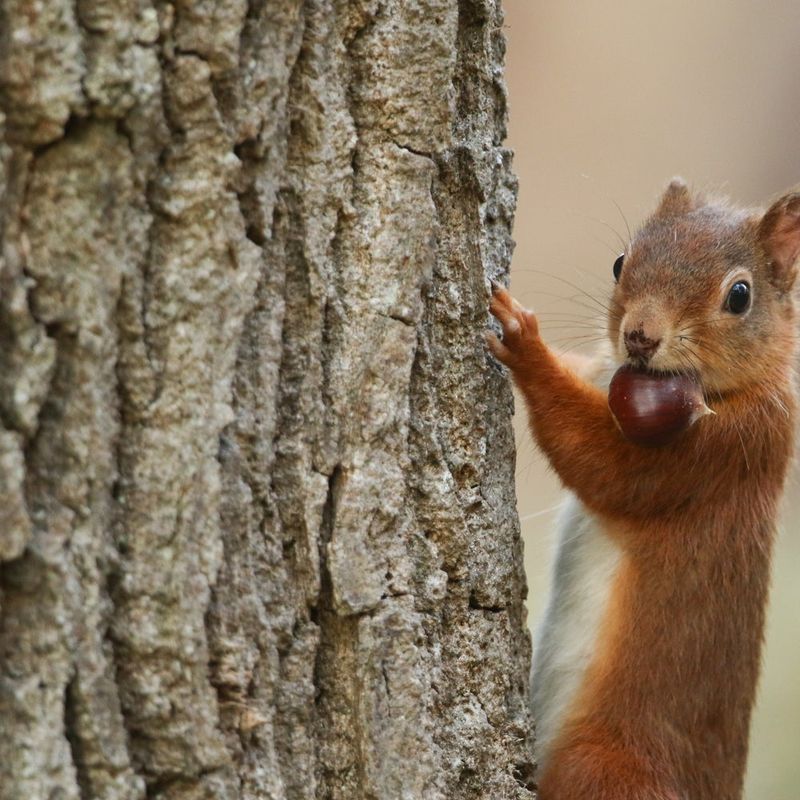
Squirrels are nature’s diligent hoarders, burying nuts to prepare for winter’s scarcity. This caching behavior is an effective survival strategy, ensuring a food supply when resources are limited.
Interestingly, not all buried nuts are recovered, leading to forest regeneration. Squirrels inadvertently contribute to the ecosystem, planting seeds that grow into trees. This behavior highlights the intricate relationships within nature, where survival tactics foster environmental balance. Observing squirrels in action reveals the seamless integration of instinctual behavior and ecological impact.
Sea Otters Using Tools
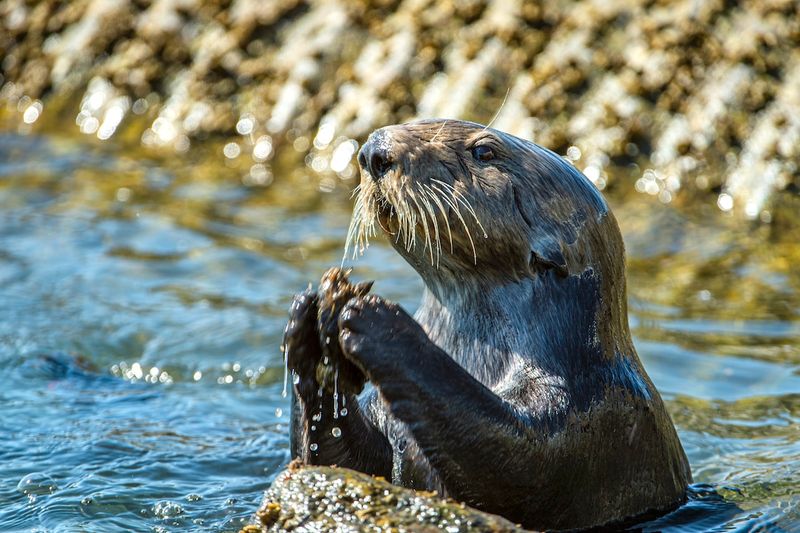
Sea otters exhibit tool use by using rocks to break open shells for food. This behavior, observed in coastal waters, highlights their adaptability and problem-solving skills.
By employing tools, otters access food resources that might otherwise be unattainable, showcasing their ingenuity. This trait not only aids in survival but also emphasizes the cognitive abilities present in marine mammals. The sight of an otter skillfully using a rock is a charming reminder of nature’s resourcefulness and the unique adaptations that each species develops.
Parrots Mimicking Human Speech

Parrots astound us with their ability to mimic human speech. This captivating trait results from their anatomy, which allows them to replicate sounds with remarkable accuracy.
This mimicry provides entertainment and highlights their intelligence, as they often associate words with meanings. Parrots’ vocal abilities challenge our understanding of animal communication, blurring the lines between human language and animal sounds. Observing parrots interact with humans showcases the fascinating overlap between different species’ communicative abilities.
Bowerbirds Building Bowers
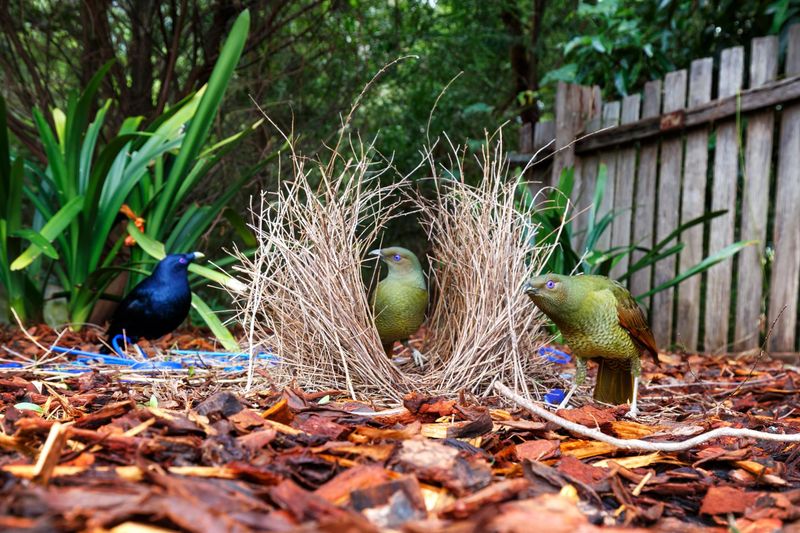
Bowerbirds are artists of the avian world, constructing intricate bowers to attract mates. Males carefully arrange sticks and decorate their structures with colorful objects, showcasing an aesthetic sensibility.
This courtship behavior demonstrates not only their creativity but also a complex understanding of attraction and display. By studying bowerbirds, biologists gain insight into the role of aesthetics in animal behavior. These avian architects remind us of the diverse strategies used across species to ensure reproductive success.
Geese Navigating Migration Routes
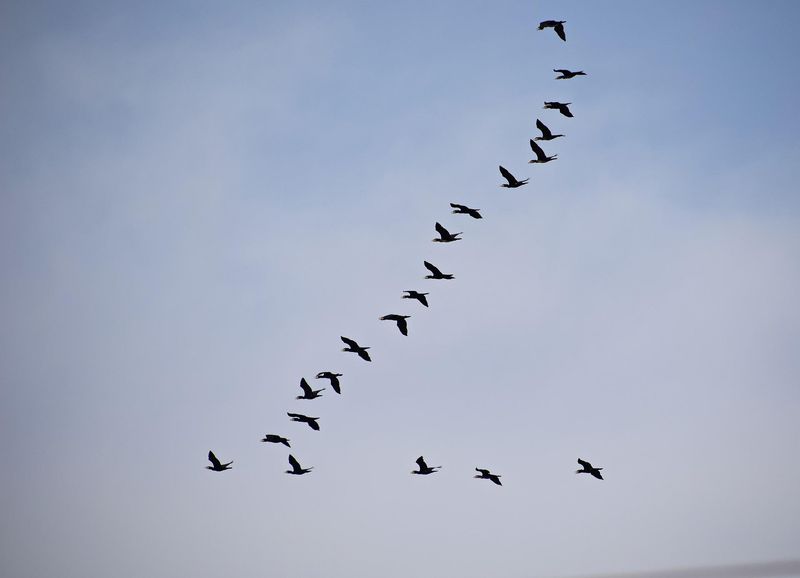
Geese embark on epic migratory journeys, navigating thousands of miles with precision. Their formation flight, often seen in a V-shape, conserves energy and aids in navigation.
This remarkable feat relies on innate instincts and learned behaviors, showcasing the wonders of avian migration. Geese’s ability to traverse continents inspires awe and admiration, reflecting nature’s intricate mechanisms for survival. Observing their migratory patterns provides a window into the resilience and endurance required in the natural world.
Bats Using Echolocation
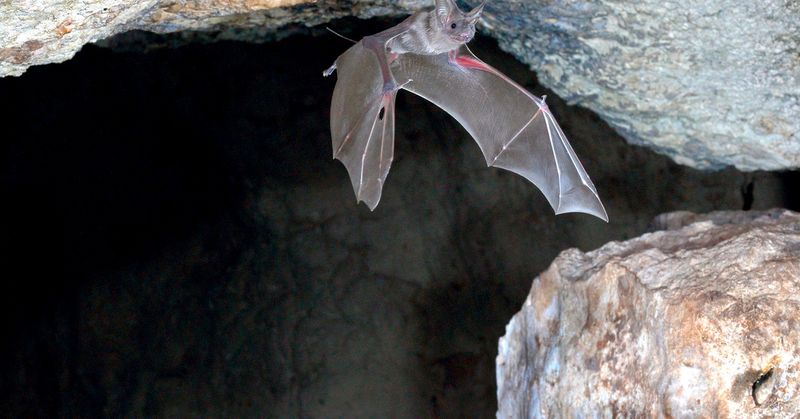
Bats navigate the nocturnal world with echolocation, emitting high-frequency sounds that bounce back from objects. This ability allows them to hunt insects with precision in total darkness.
Echolocation showcases the adaptability and specialization of bats within their ecological niche. This sophisticated navigation method underscores the diversity of sensory adaptations in the animal kingdom. Observing bats in action offers insight into the myriad ways animals have evolved to conquer their environments.

